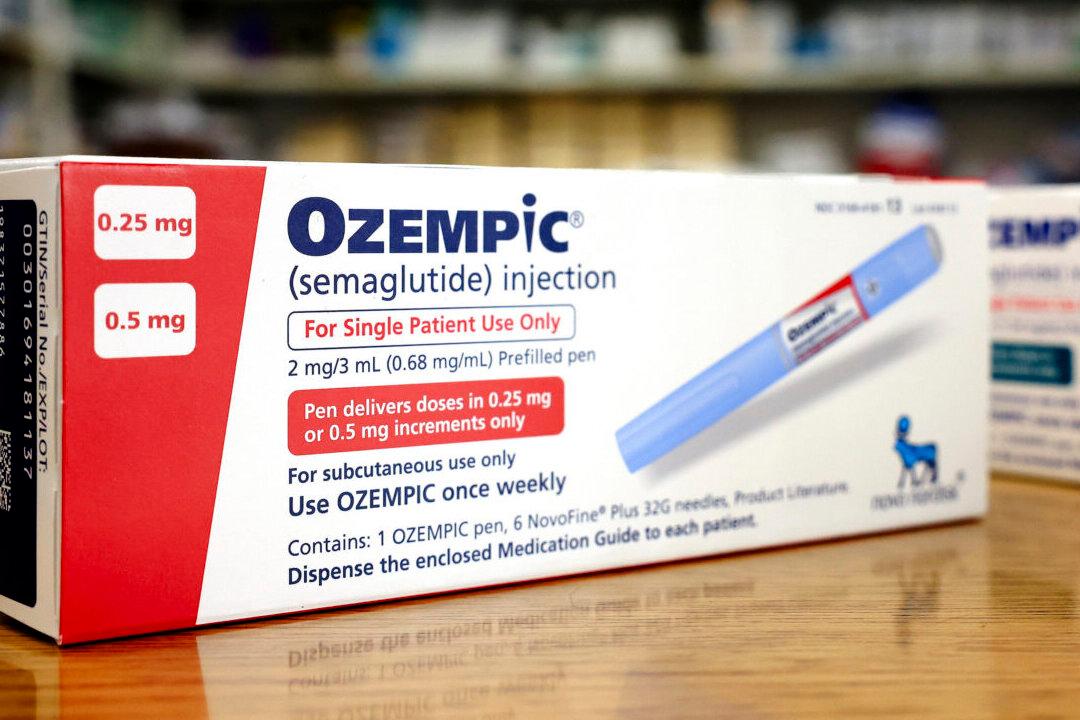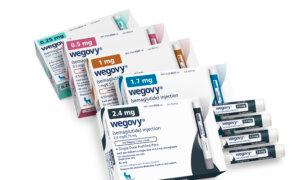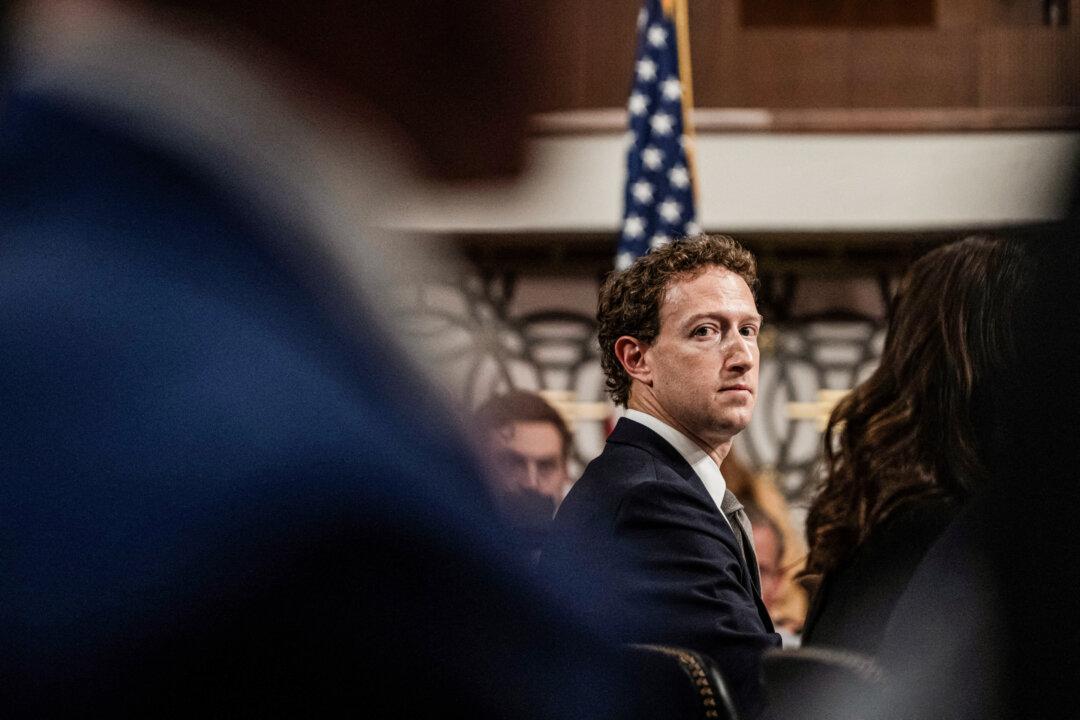Medicare spending on weight-loss and diabetes drugs like Ozempic and Rybelsus has “skyrocketed” over the past four years, potentially putting “tremendous pressure” on the program, according to a recent report.
GLP-1 drugs were initially developed to treat type 2 diabetes. However, they are being used for other purposes as well, like treating obesity and reducing the risk of certain adverse cardiovascular events. Medicare is prohibited from covering drugs for weight loss. But Medicare Part D plans can cover GLP-1 drugs for other purposes, including diabetes. As of 2022, Part D covered three GLP-1s for diabetes—Ozempic, approved in December 2017; Rybelsus in September 2019; and Mounjaro in May 2022.
Between 2021 and 2022, Part D spending on Ozempic alone “increased substantially.” In 2021, it was in 10th place among the ten top-selling Part D drugs, with gross spending of $2.6 billion. A year later, in 2022, Ozempic jumped to the 6th spot, spending $4.6 billion. Total gross spending under Medicare Part D was $240 billion in 2022, with Ozempic accounting for two percent of this amount.
“The fact that covering GLP-1s under Medicare Part D for authorized uses is already making a mark on total Part D program spending could be a sign of even higher spending to come as Part D plans are now able to cover Wegovy (a GLP-1 drug) for its heart health benefits,” KFF said.
“The combination of intense demand, new uses, and high prices for these treatments is likely to place tremendous pressure on Medicare spending, Part D plan costs, and premiums for Part D coverage.” The annual cost of GLP-1 drugs is north of $11,000 in the United States.
The high costs and popularity of these drugs can end up raising costs for Medicare enrollees and the federal government.
And this will result in an overall increase in the healthcare deficit over the next decade, it warned. Medicare coverage of AOMs would lead to “considerable demand” for these medications by enrollees.
“CBO is not aware of empirical evidence that directly links the use of AOMs to reductions in other health care spending,” the report stated.
GLP-1 Drug Side Effects
The KFF report comes as the Medicare program will start covering Wegovy, provided the medication is prescribed for reducing the risk of stroke and heart attacks.Earlier this month, the U.S. Food and Drug Administration (FDA) approved Wegovy for these purposes among obese or overweight adults who do not suffer from diabetes.
The U.S. Centers for Medicare & Medicaid Services (CMS) “has issued guidance to Medicare Part D plans stating that anti-obesity medications that receive FDA approval for an additional medically accepted indication can be considered a Part D drug for that specific use,” an agency spokesperson told Reuters.
The lawsuits claimed that the companies failed to adequately warn users and doctors about the dangerous potential gastrointestinal side effects of the drug. Plaintiffs allege they suffered gastrointestinal injuries from using the drugs, including gastroparesis, a condition in which a person’s stomach does not empty properly.
GLP-1 RA drugs mimic a natural human glucagon-like peptide (GLP-1) in order to slow down the passing of food through the stomach.
Individuals who suffer from gastroparesis can experience dehydration from repeated vomiting, difficulty in controlling blood sugar levels, and malnutrition due to poor nutrient absorption—consequences that can be life-threatening.
“Both the FDA and European regulators have identified a signal related to increased psychiatric, adverse effects associated with Ozempic. So it will be interesting to see what regulators end up coming back and whether this product will stay on the market.”







